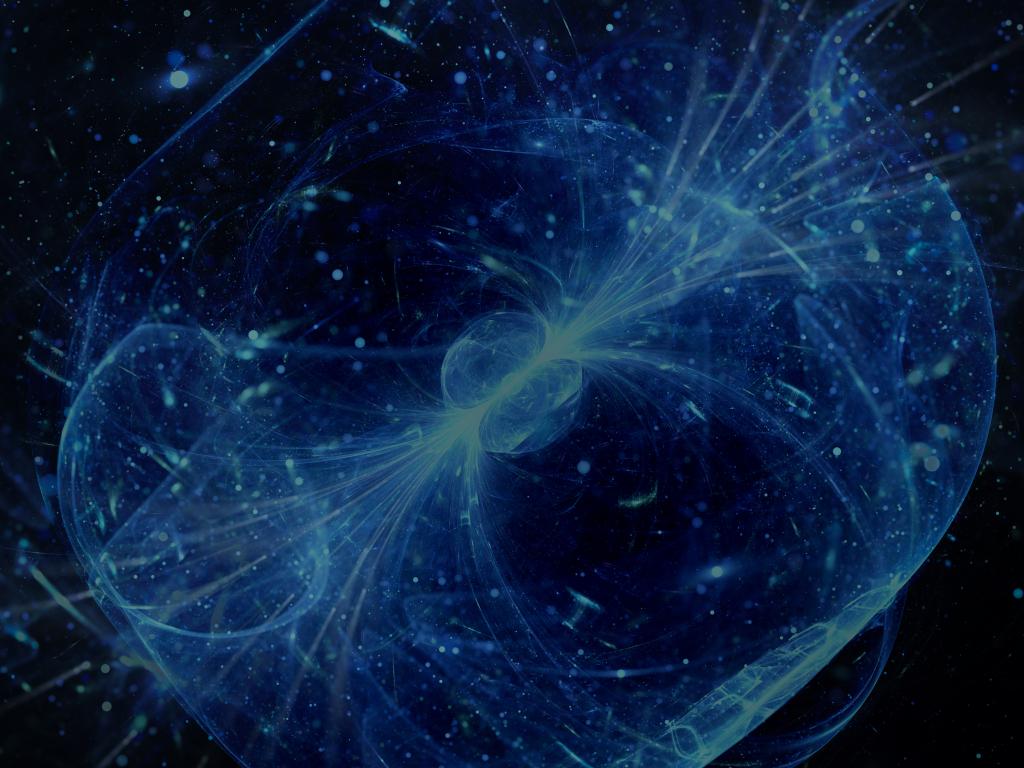Admission CTAs
MasonScience PhD Presents Hidden Black Hole Discovery at EAS 2019 in Lyon, France
A team of astronomers discovered eight buried dual AGN candidates, the largest sample of hidden accreting supermassive black holes in late stage galaxy mergers, selected using NASA’s Wide-Field Infrared Survey Explorer (WISE) space telescope. Mason Science Physics and Astronomy PhD student Ryan Pfeifle will present the findings at the annual meeting of the European Astronomical Society (EWASS2019) in Lyon, France, on Friday, 28 June, 2019.
[Read the press release.]
Pfeifle describes his research below:
Using space-based and ground-based telescopes that operate in the mid-infrared, near-infrared, and X-rays, we examined a sample of 15 pairs of galaxies that are actively undergoing a merger event. In eight out of 15 systems, we found evidence for dual X-ray sources in the centers of the merging galaxies – this suggests we are seeing pairs of supermassive black holes actively consuming material in their host galaxies. In fact, upon closer inspection of one particular system, we realized it was in fact a merger of three galaxies and it appears to host three supermassive black holes consuming material. The objects we have found are quite rare, but they are incredibly important because they capture an important phase in the coevolution of galaxies and the supermassive black holes.
It is therefore very important to identify cases of dual AGN (or dual AGN candidates), as we did in this study, so that these objects can be further investigated, characterized, and compared to our expectations from theoretical models. Perhaps more importantly, we have proven that our selection technique – which involved selecting objects based on their mid-infrared colors – is a very effective method for preselecting promising galaxy mergers for later dual AGN investigations.
Moreover, our technique has been used to identify AGN which show no signs of activity at visible wavelengths, which is important because many searches for these kinds of objects are in fact conducted at visible wavelengths. Finally, with our technique we selected a compelling case of a triple AGN, an object which is exceedingly rare, with only a handful of candidates (but none yet confirmed) identified in late-stage galaxy mergers. Very little is known about the environments of triple AGN, so finding these systems is quite important for characterizing these environments. That, and based on theoretical studies, the third black hole can aid in the production of gravitational waves.
For more information, contact:
Ryan W. Pfeifle
rpfeifle@masonlive.gmu.edu
Graduate Research Assistant & Ph.D Student
Department of Physics and Astronomy
George Mason University College of Science
